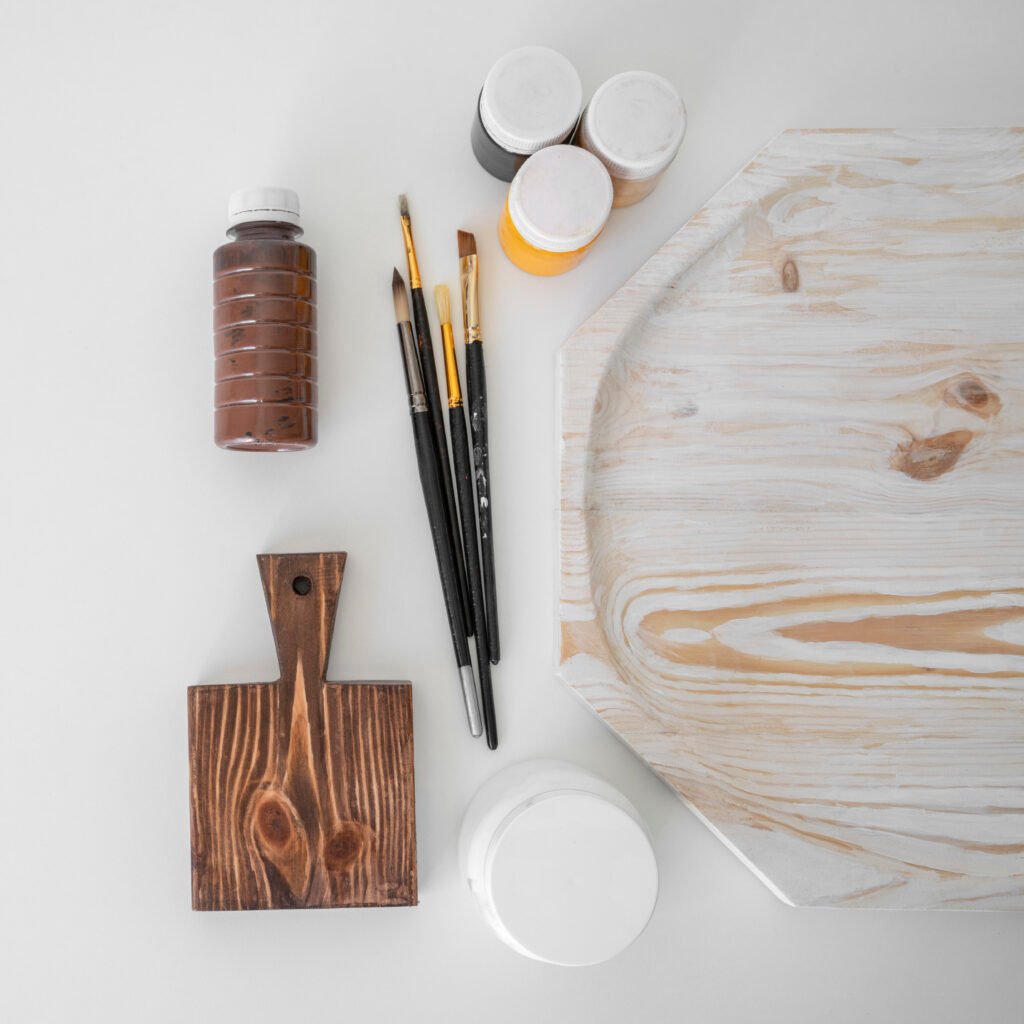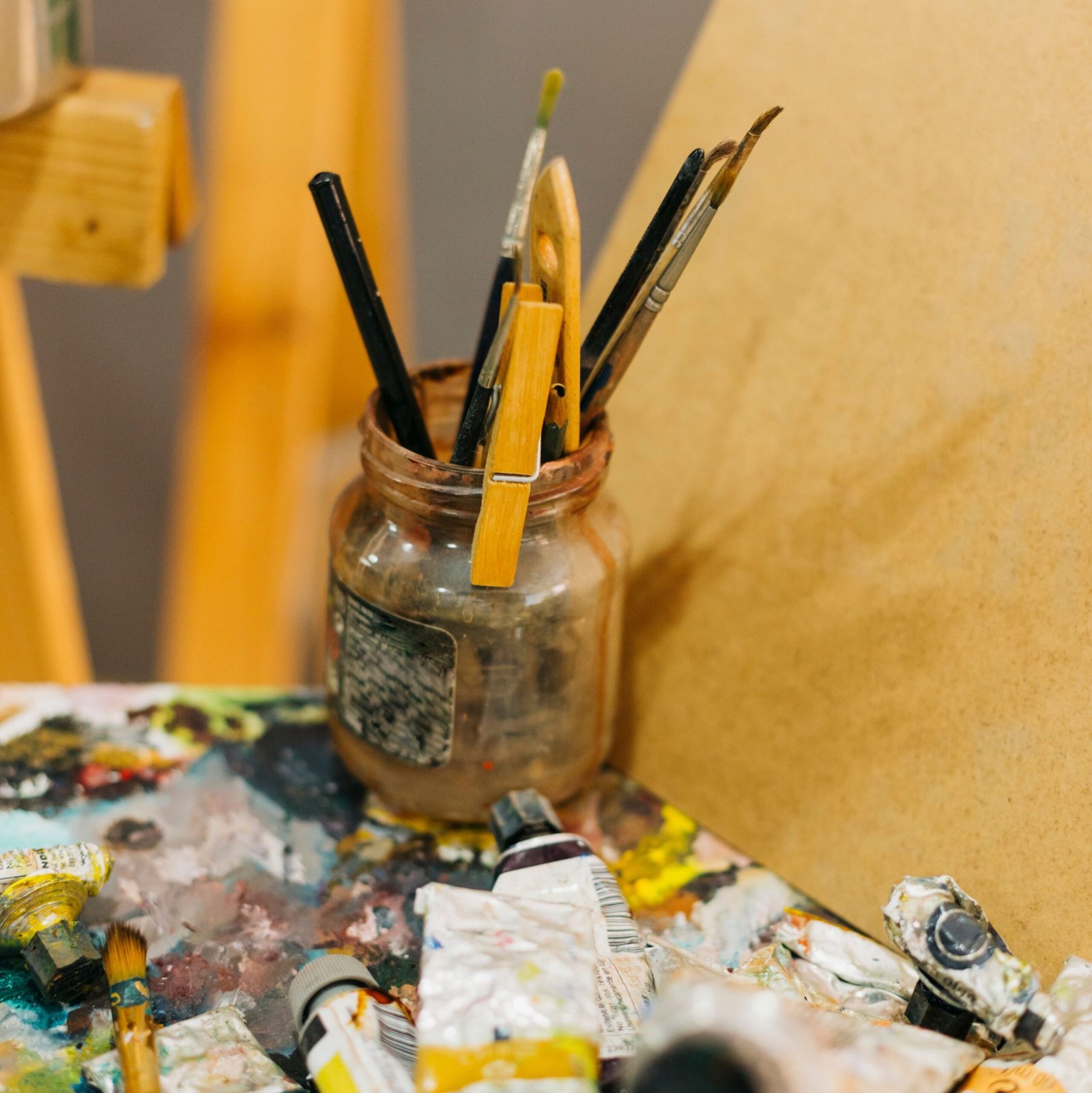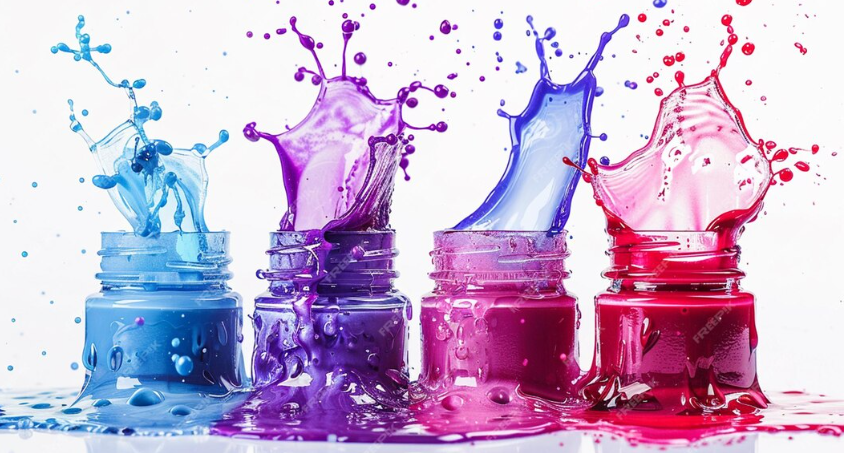Watercolor painting is a beautiful and expressive medium known for its delicate transparency and fluidity. Whether you’re a beginner or an experienced artist, mastering watercolor techniques can elevate your work and bring your artistic visions to life. Here’s a guide packed with essential tips and tricks to help you harness watercolor’s full potential.
1. Choosing the Right Materials

- Quality Paints: Invest in high-quality watercolors for vibrant, consistent color. Professional-grade paints offer better pigmentation and lightfastness compared to student-grade options.
- Brush Selection: Use brushes designed specifically for watercolors, such as round brushes for detailed work and flat brushes for washes. Opt for synthetic or natural hair brushes that hold water and paint well.
- Paper Matters: Choose watercolor paper with a high weight (190 lb or 425 gsm) and a textured surface (cold-pressed or rough) to handle the moisture and pigment effectively. Quality paper prevents warping and allows for better paint absorption.
2. Mastering Basic Techniques

- Wet-on-Wet: Apply water to your paper before adding pigment to create soft, blended washes. This technique is great for backgrounds and creating gentle transitions between colors.
- Wet-on-Dry: Apply wet paint onto dry paper for more controlled and defined shapes. This method is ideal for adding details and achieving sharper lines.
- Glazing: Build up layers of transparent color to add depth and richness. Allow each layer to dry before applying the next to avoid muddying the colors.
3. Color Mixing and Application

- Mixing Colors: Experiment with mixing colors on your palette to create a wide range of hues. Start with primary colors and blend them to discover new shades and tones.
- Layering: Apply multiple layers of paint to achieve depth and intensity. Be patient and let each layer dry completely before adding additional colors.
- Avoid Overworking: Resist the temptation to overwork the paint. Watercolors are best to flow and blend naturally, so embrace happy accidents and unexpected effects.
4. Controlling Water and Pigment

- Manage Water: Adjust the amount of water on your brush to control the intensity of your colors. More water creates lighter washes, while less water yields more saturated tones.
- Blotting and Lifting: Use a clean, damp brush or paper towel to lift excess pigment and create highlights. Blotting can also help soften edges and correct mistakes.
5. Experimenting with Effects
- Salt Technique: Sprinkle salt onto wet paint to create interesting textures and patterns. The salt absorbs moisture and leaves behind a speckled effect.
- Masking Fluid: Use masking fluid to protect areas of your paper from paint. This is useful for preserving white areas or creating sharp, clean lines.
- Sponging: Apply paint with a sponge for unique textures and effects. This technique is perfect for depicting natural elements like foliage or clouds.
6. Tips for Practice and Improvement
- Sketch First: Lightly sketch your composition before painting to guide your work and ensure proper proportions and placement.
- Practice Regularly: Set aside time to practice different techniques and experiment with new styles. The more you paint, the more you’ll refine your skills and develop your personal style.
- Study Other Artists: Analyze watercolor paintings by established artists to understand their techniques and gain inspiration. Observing different styles can offer valuable insights into your work.
7. Care and Maintenance
- Clean Brushes Thoroughly: Rinse your brushes well after each use to remove paint and prevent bristle damage. Store brushes upright or flat to maintain their shape.
- Protect Your Work: Keep your finished paintings away from direct sunlight and moisture to preserve their vibrancy and prevent fading.
Conclusion
Watercolor painting is a journey of exploration and discovery. By understanding the essential techniques, experimenting with effects, and practicing regularly, you can unlock the full potential of this versatile medium. Embrace the fluid nature of watercolors, and let your creativity flow to create beautiful, expressive works of art. Happy painting!

